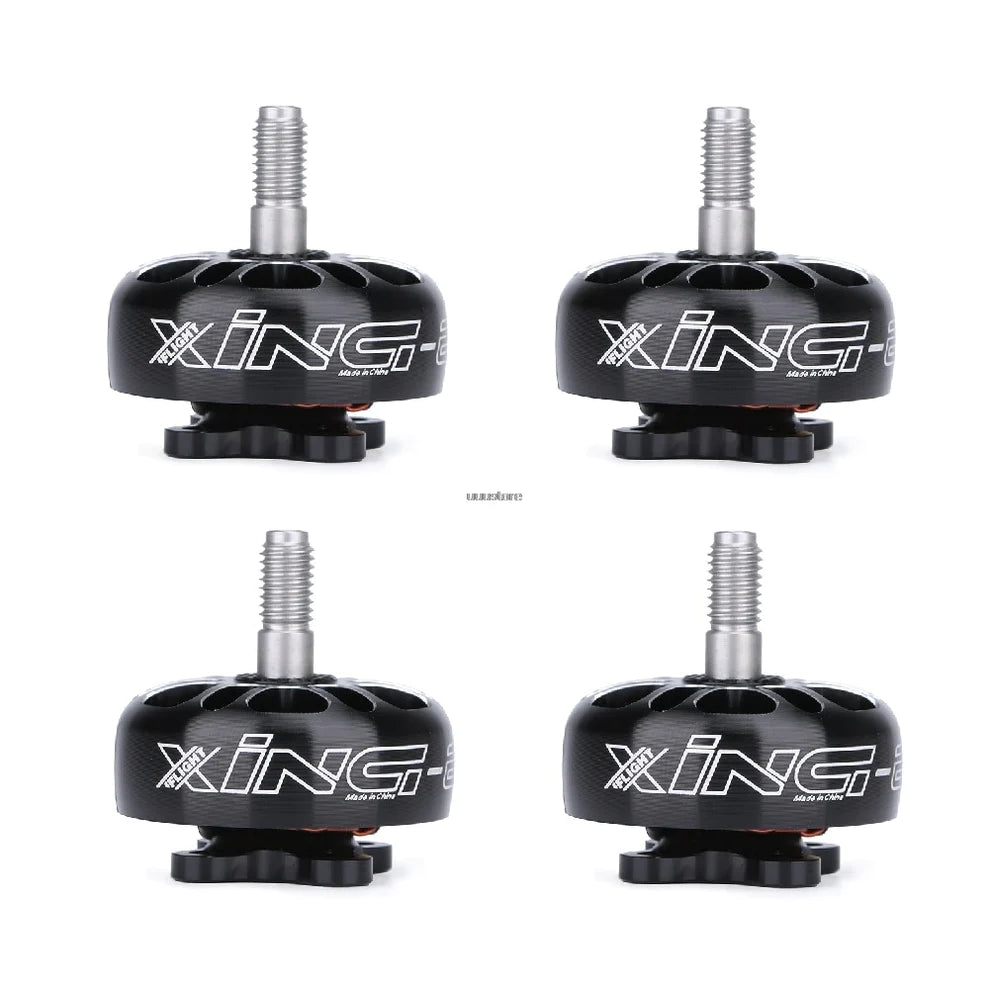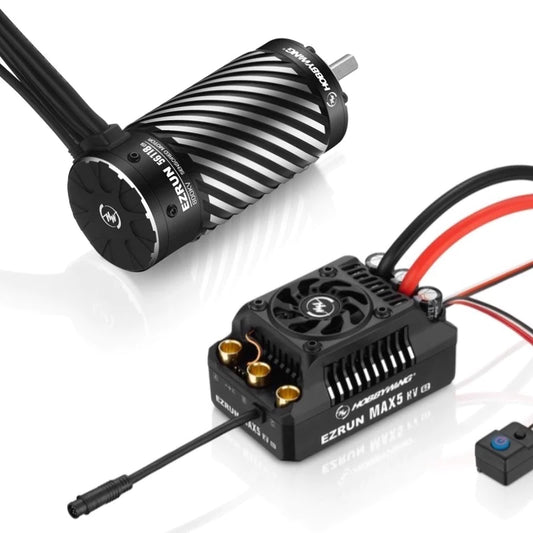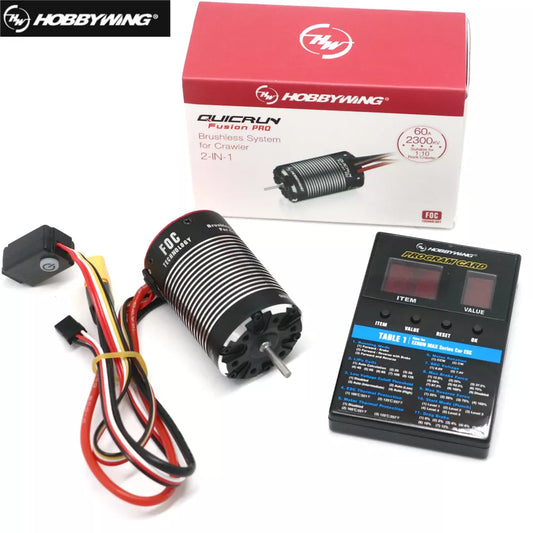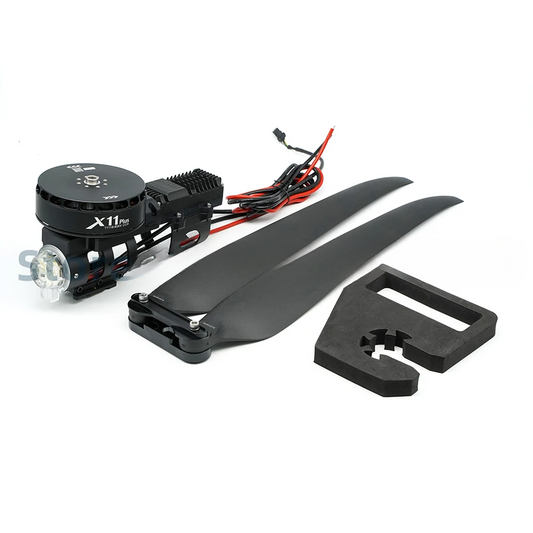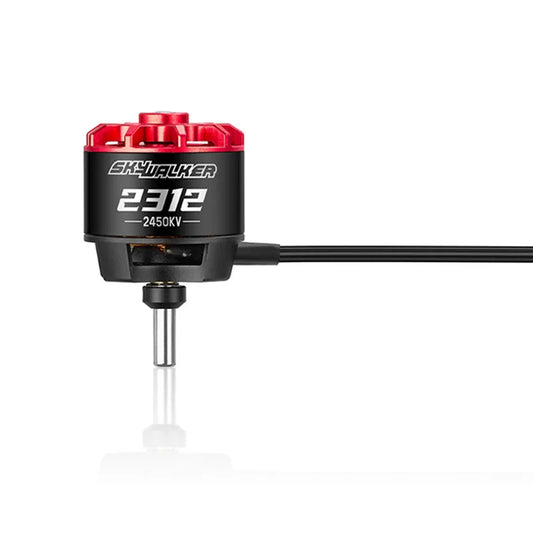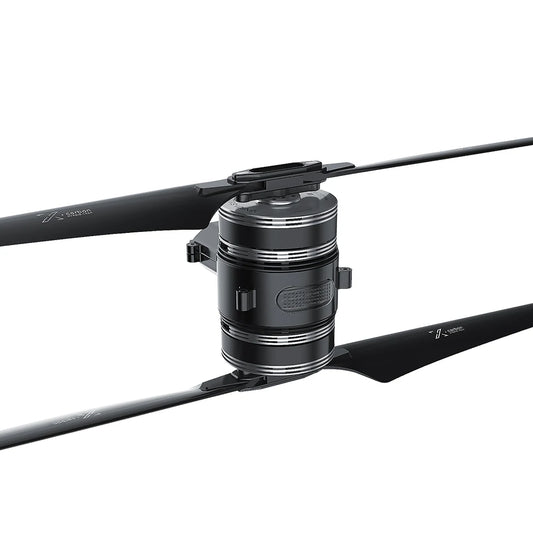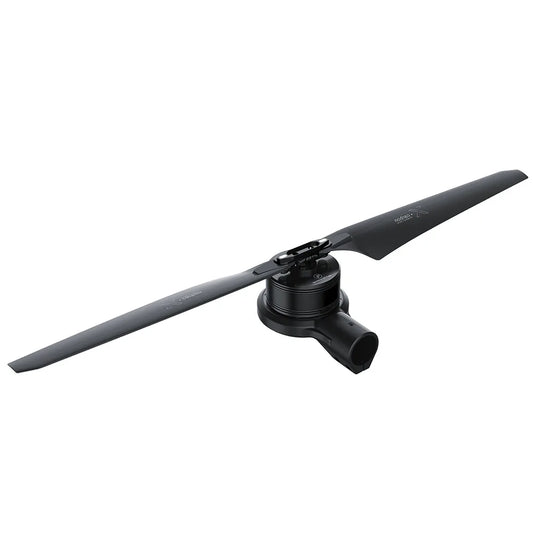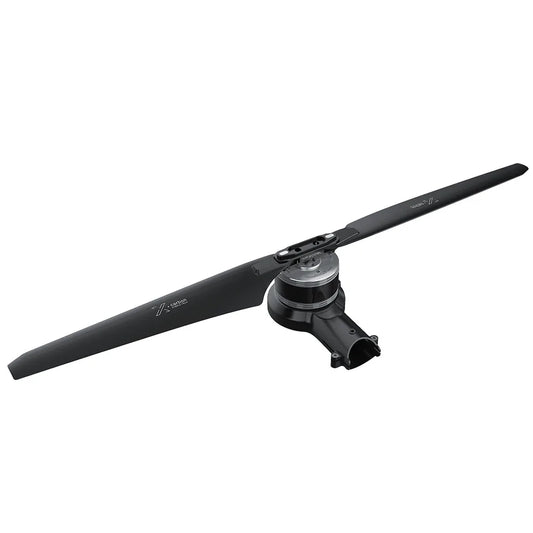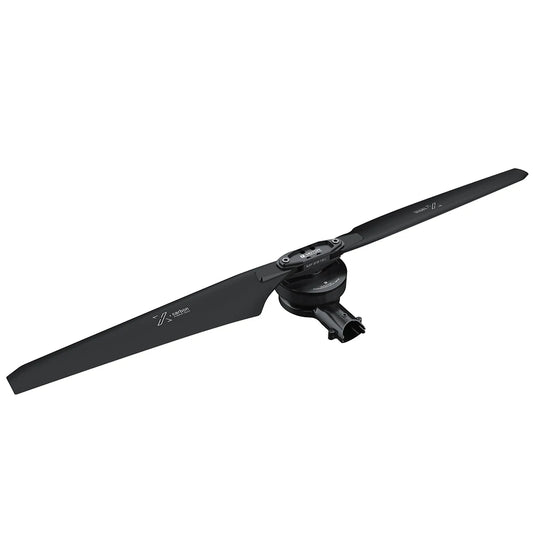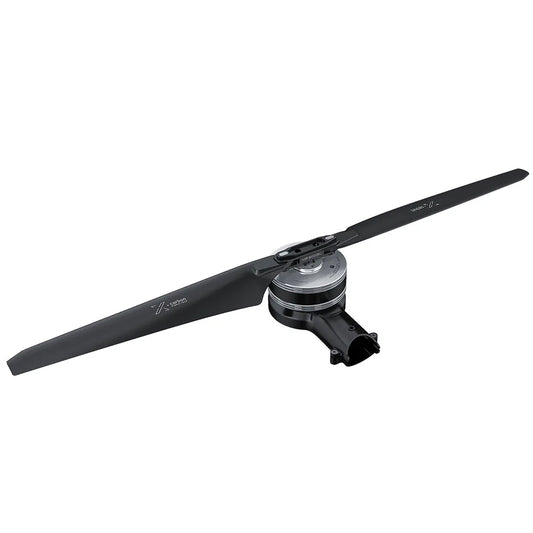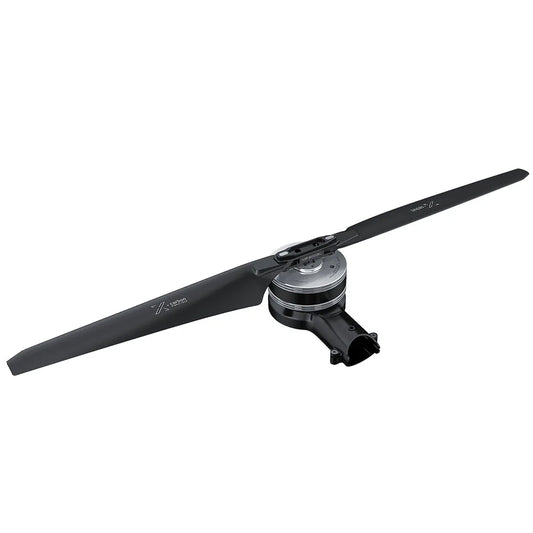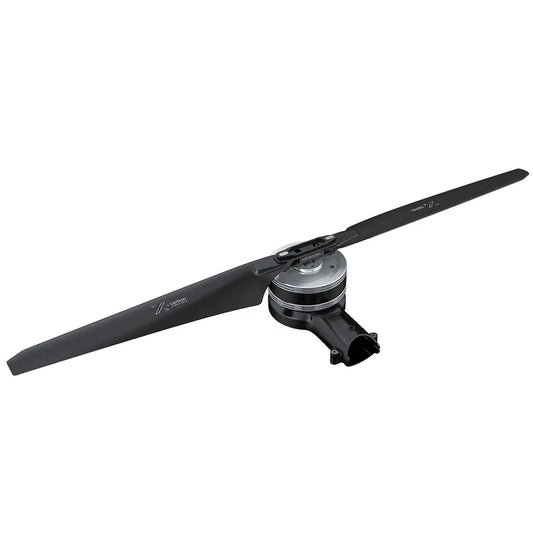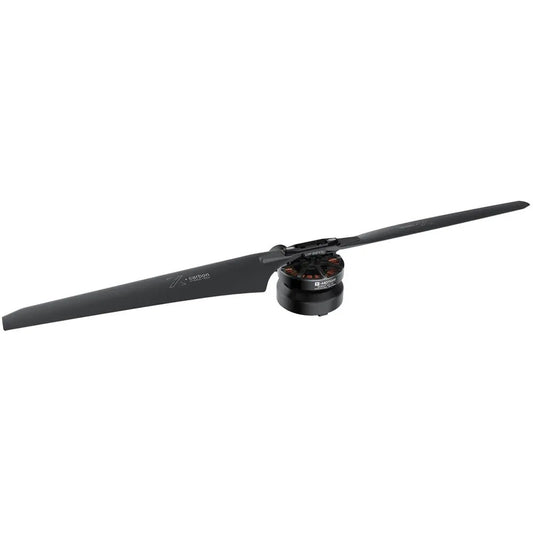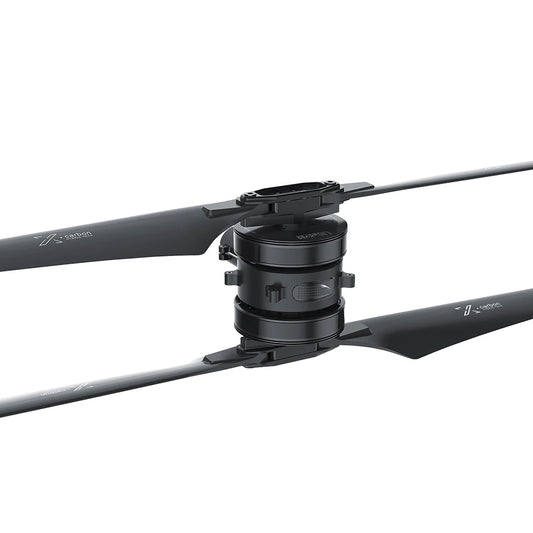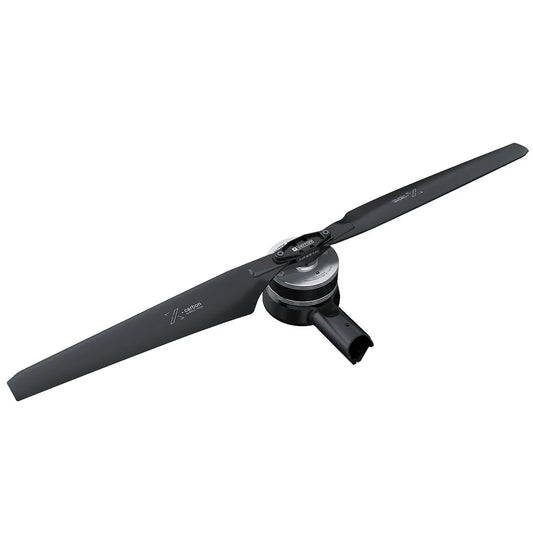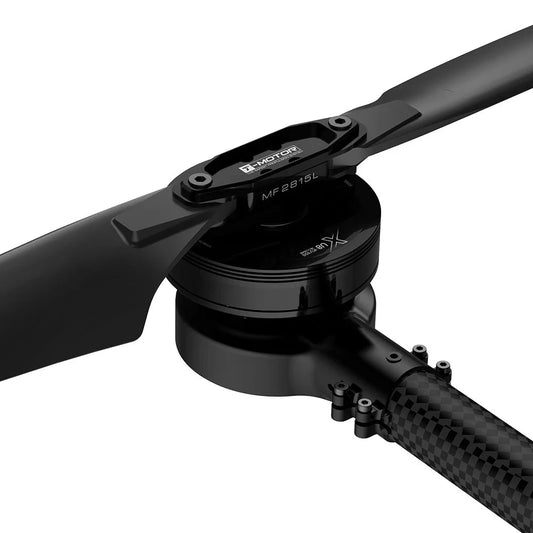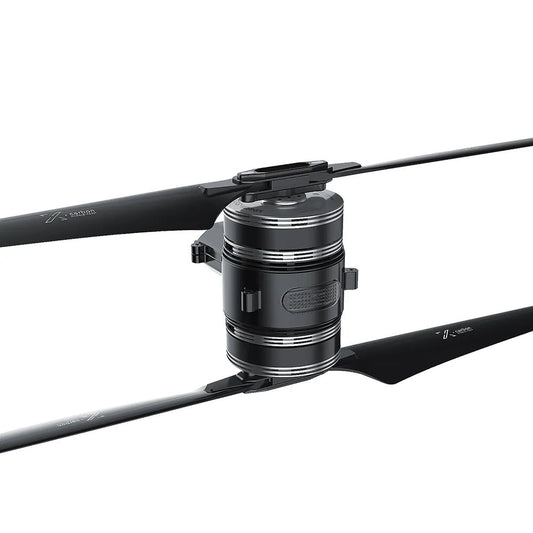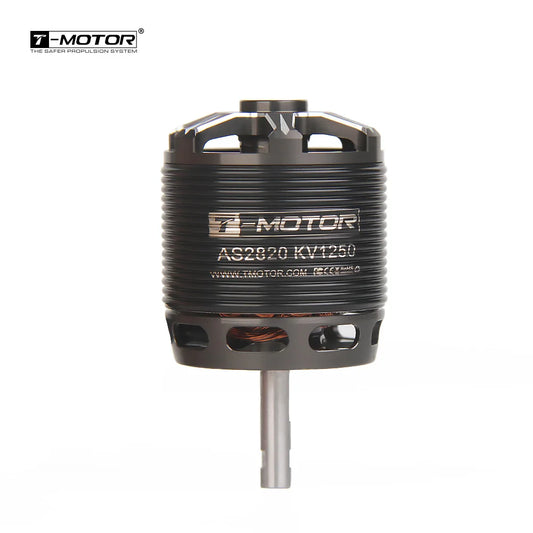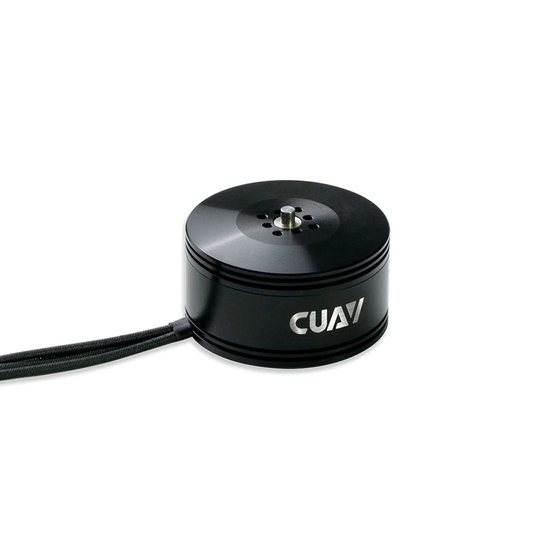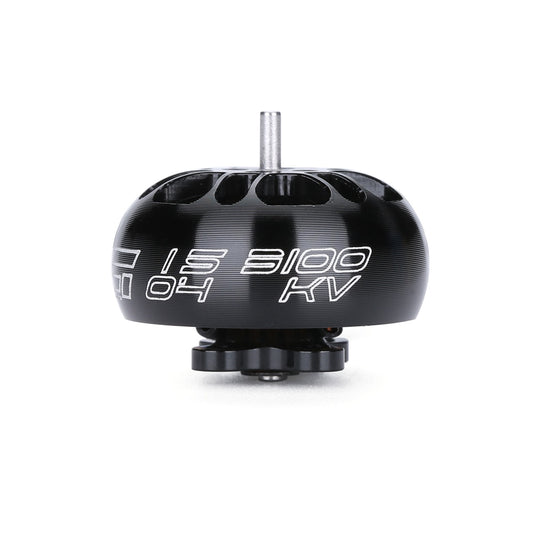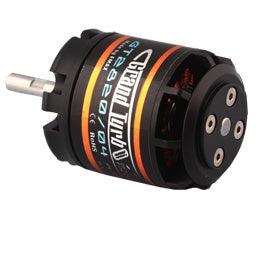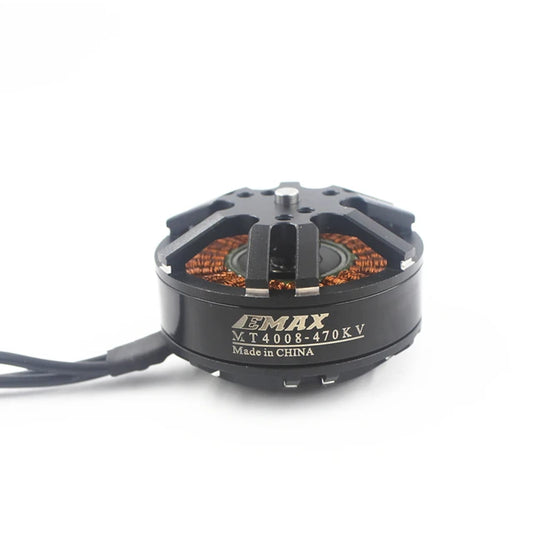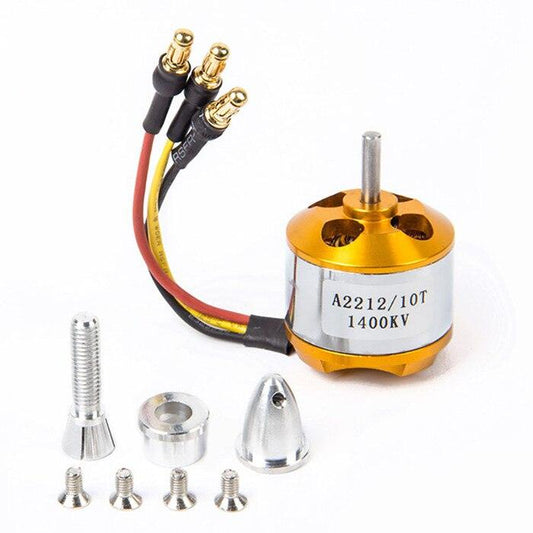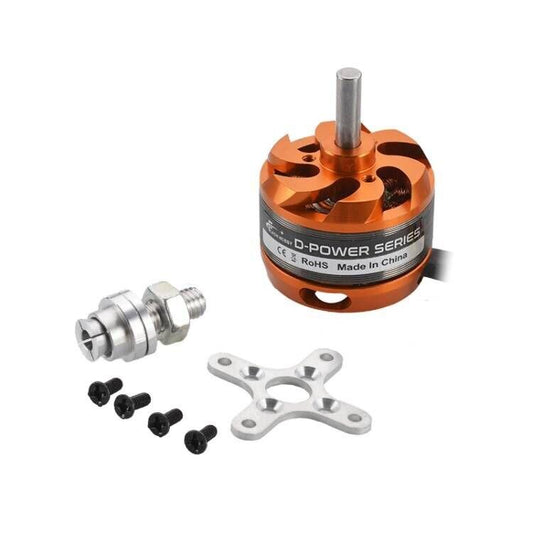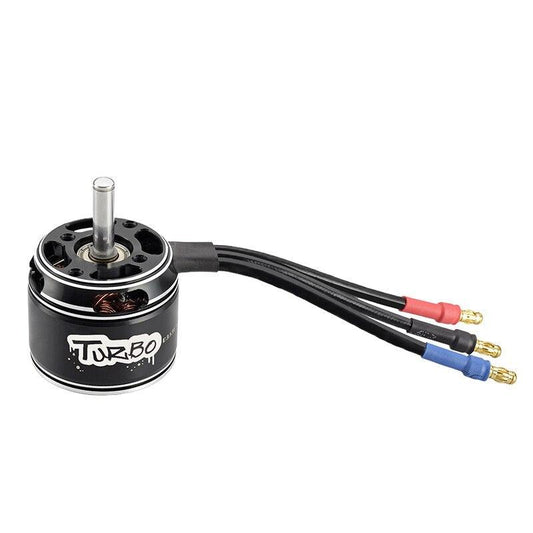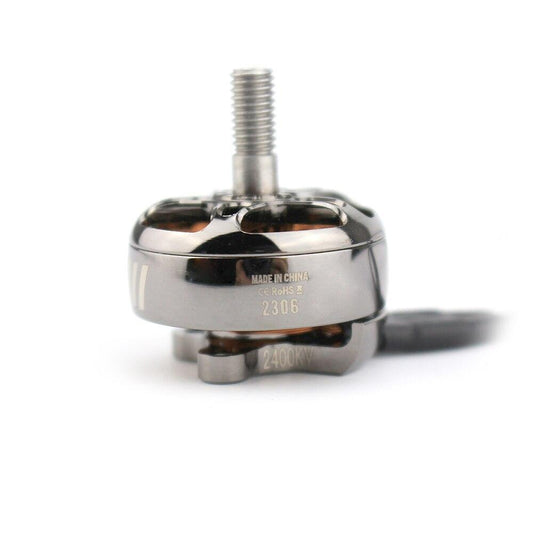By Voltage
-

1S Drone Motor
This 1S Drone Motor collection features high-performance micro motors from top FPV...
-

2S Drone Motor
This 2S Drone Motor collection features versatile and high-efficiency micro motors from...
-

3S Drone Motor
The 3S Drone Motor Collection features a wide range of lightweight and...
-

4S Drone Motor
Discover our 4S Drone Motor Collection, featuring a wide range of high-efficiency...
-

6S Drone Motor
Explore our 6S Drone Motor Collection, featuring a vast selection of high-performance...
-

12S Drone Motor
Discover our extensive 12S Drone Motor Collection, featuring high-performance motors from top...
-

14S Drone Motor
Explore our high-performance 14S Drone Motor Collection, engineered for high-voltage LiPo systems...
-

18S Drone Motor
Discover our 18S Drone Motor Collection, featuring high-voltage propulsion systems designed for...
-

24S Drone Motor
The 24S Drone Motor Collection showcases ultra-high voltage motors designed for heavy-lift...
-

High Voltage (HV) Drone Motor
Explore our High Voltage Drone Motor Collection, engineered for extreme performance in...
Drone Motor Type
-
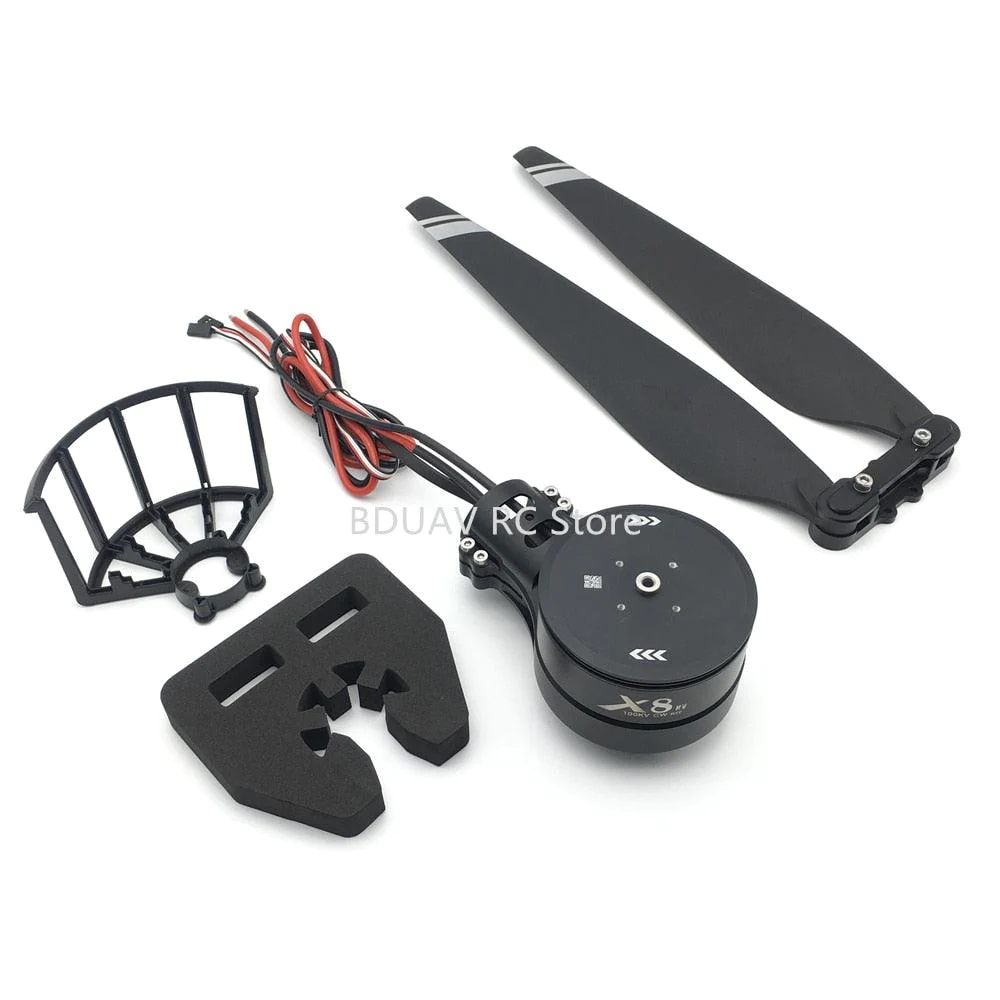
Agriculture Drone Motor
Discover high-thrust brushless motors and integrated power systems built for agriculture drones....
-

Industrial Drone Motor
Explore Our Premium Industrial Drone Motor CollectionPower your UAVs with unmatched thrust...
-

Helicopter Motor
Discover our Helicopter Motor collection, featuring a wide range of high-performance brushless...
-

Airplane Motor
Our Airplane Motor collection features high-efficiency brushless motors from T-MOTOR, SUNNYSKY, MAD,...
-

Fixed Wing Motor
Discover our wide selection of Fixed Wing Motors, specially engineered for RC...
-

VTOL Motor
Our VTOL Motor Collection features high-performance motors designed for VTOL drones, offering...
-

Gimbal Motor
Our Gimbal Motor collection features a premium selection of high-torque, low-speed brushless...
-

BLDC Motor
Our BLDC Motor collection includes top-tier options from Hobbywing, T-Motor, and MAD,...
-

Coaxial Motor
Coaxial Motor features high-performance propulsion systems designed for industrial drones, ensuring superior thrust,...
-

Servo Motors
Discover our comprehensive Servo Motor Collection, featuring trusted brands like JX Servo,...
-

Brushless Motors
Explore our comprehensive selection of brushless motors, ranging from high-speed micro motors...
-

Drone Arm Set
Drone Arm Set offers high-performance propulsion systems for multi-rotor and VTOL drones, designed...
-

Robot Motors
The Robot Motors collection features a wide range of high-performance actuators for...
By Thrust
-

Mini Drone Motors (≤1.5KG Thrust)
Explore our Mini Drone Motors designed for micro drones, Tinywhoops, and indoor...
-

Lightweight Drone Motors (1.5KG – 5KG Thrust)
Our Lightweight Drone Motors collection is built for 3-inch to 5-inch drones,...
-

Medium Drone Motors (5KG – 30KG Thrust)
Designed for serious performance and industrial-grade reliability, our Medium Drone Motors deliver...
-

Heavy Lift Drone Motors (≥30KG Thrust)
Discover our collection of high-thrust drone motors built for demanding industrial and...
By KV Rating
-

Low KV Drone Motors (≤100KV)
Low KV Drone Motors (≤100KV) are designed for high-torque, low-RPM applications, making...
-

Medium-Low KV Drone Motors (101KV – 300KV)
Medium-Low KV Drone Motors (101KV – 300KV) are ideal for agriculture drones,...
-

Medium KV Drone Motors (301KV – 600KV)
Medium KV Drone Motors (301KV – 600KV) deliver a perfect balance between...
-

High KV Drone Motors (601KV – 1200KV)
High KV Drone Motors (601KV – 1200KV) are designed for high-speed, high-RPM...
-

Ultra High KV Drone Motors (>1200KV)
The Ultra High KV Drone Motors (>1200KV) collection offers powerful and responsive...
Drone Motor Brand
-
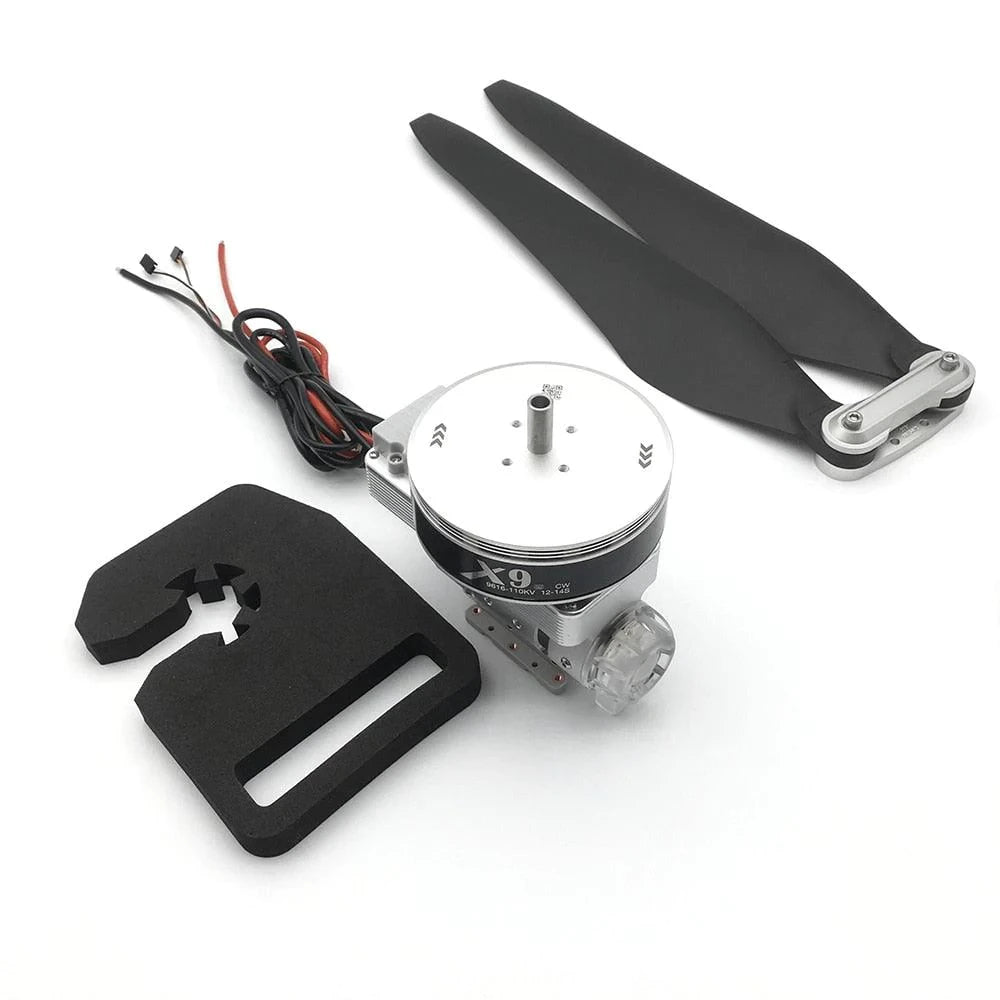
Hobbywing Motor
Hobbywing Motor series covers a wide range of applications including agriculture, industrial...
-
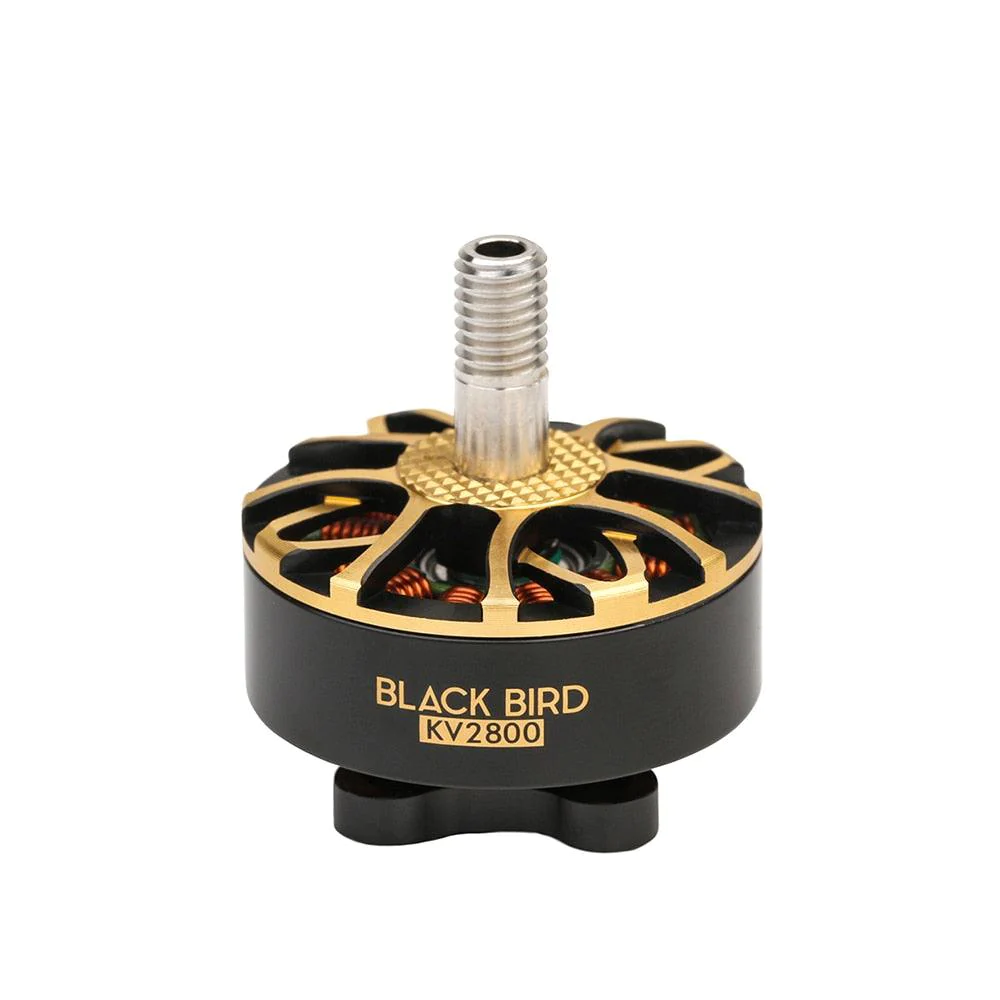
T-Motor Motor
T-Motor is a renowned brand with a rich history in producing high-quality...
-

Brotherhobby Motor
BrotherHobby Motors deliver pro-level power and precision for FPV racing, freestyle, cinematic,...
-
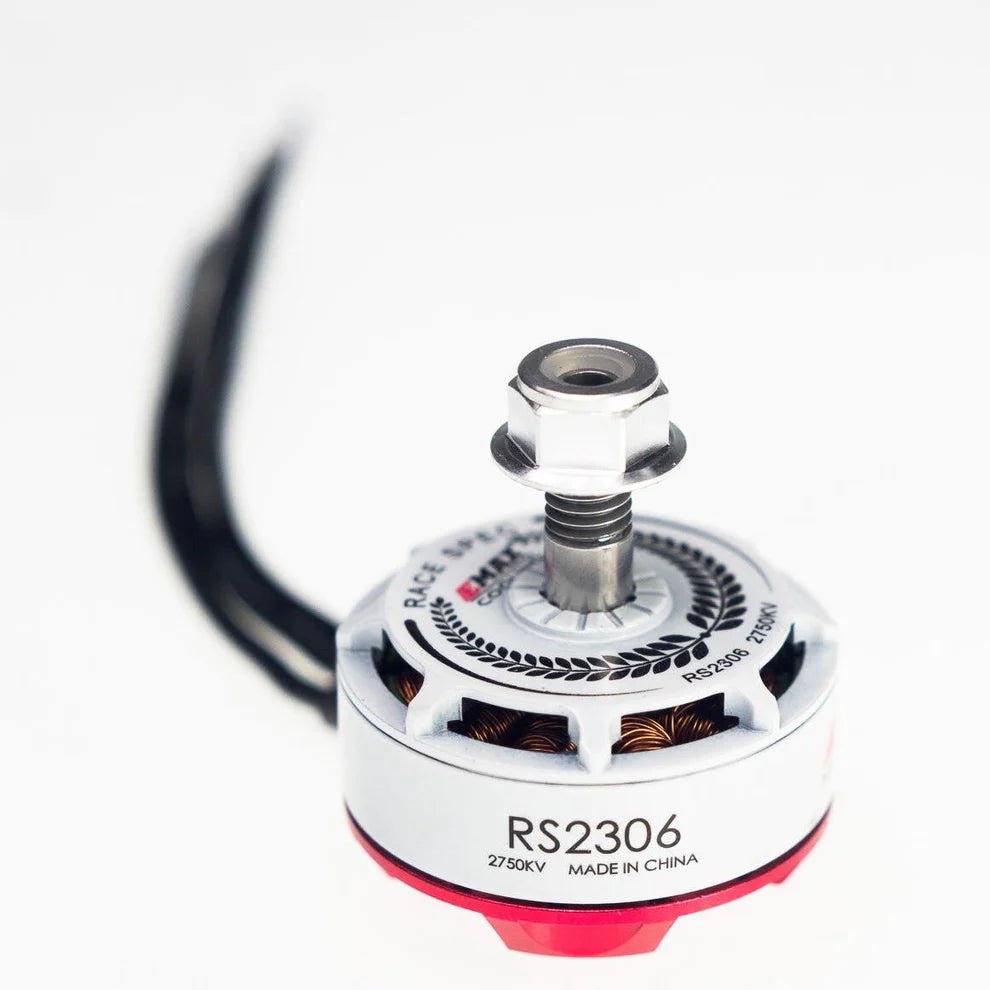
Emax Motor
Emax Motor Emax is a well-known brand recognized for its high-quality motors...
-

FlashHobby Motor
FlashHobby Motor FlashHobby is a brand specializing in RC motors and accessories....
-

GEPRC Motor
GEPRC Motor GEPRC Motor is a well-known brand specializing in high-quality motors...
-
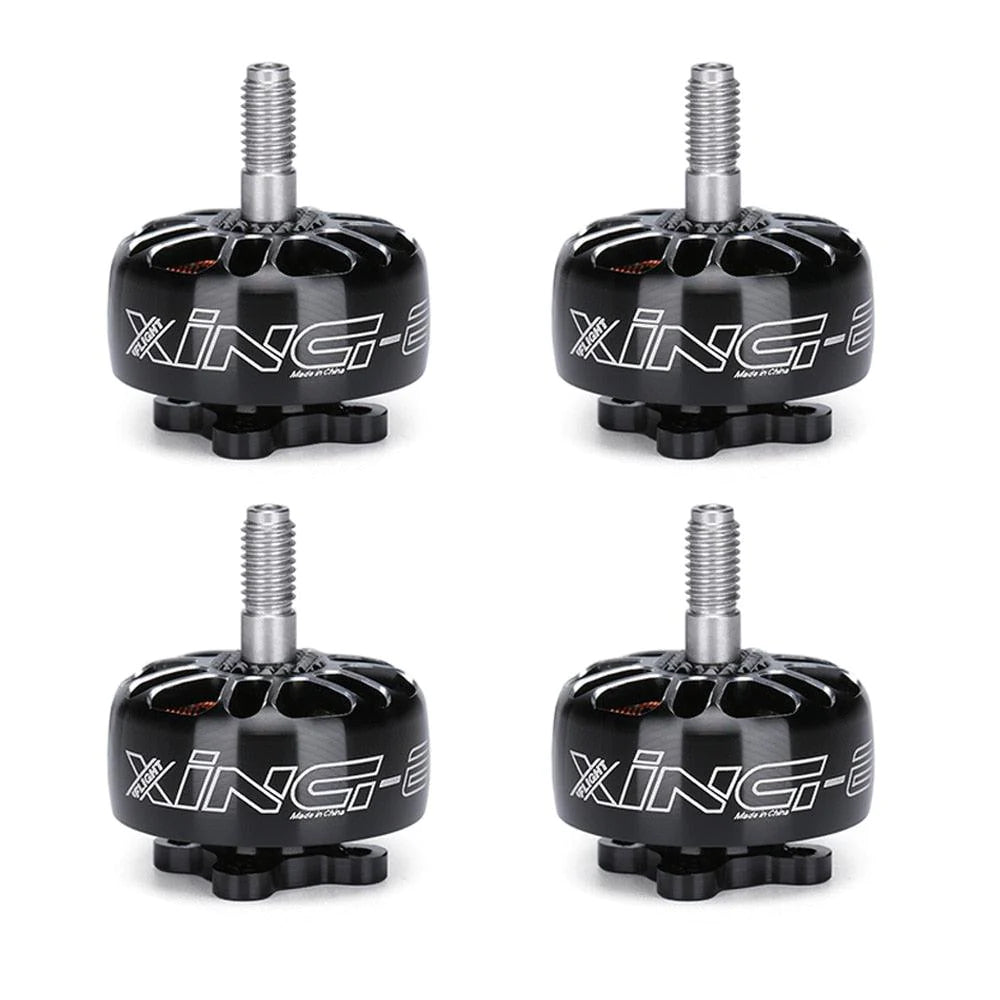
iFlight Motor
iFlight Motor iFlight is a reputable brand known for high-quality motors designed...
-
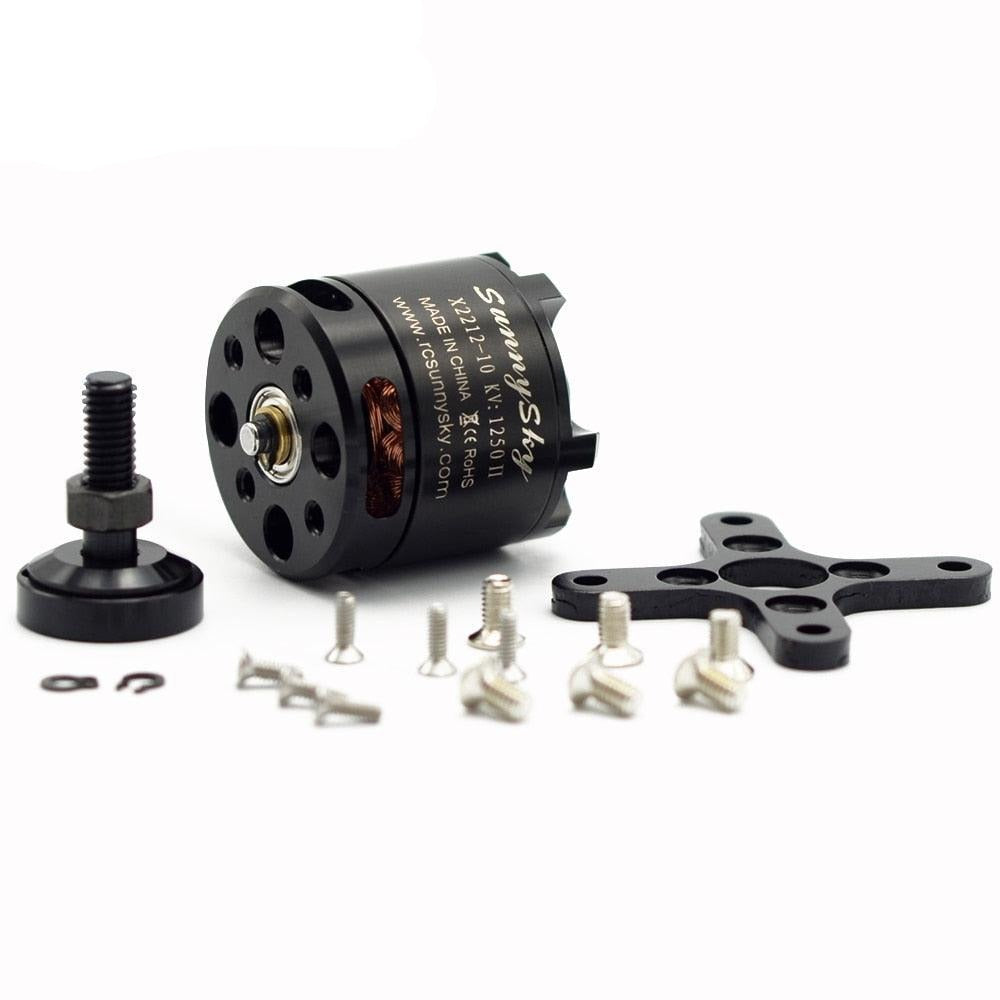
Sunnysky Motor
Sunnysky is a well-established brand known for producing high-quality motors for a...
-

YSIDO Motors
YSIDO is a trusted name in the FPV drone community, offering a...
-
Hobbywing EZRUN MAX5 G2 Combo - EzRun 5690/56118 SD G2 Motor with Ezrun MAX5 G2 ESC (6-12S) for RC Car Truck
Regular price From $409.00 USDRegular priceUnit price per -
HobbyWing QuicRun Fusion Pro - 540 2300KV Brushless Sensory Motor Built In 60A ESC 2 in 1 for RC 1/10 Climbing Car
Regular price From $147.40 USDRegular priceUnit price per -
Hobbywing X11 Power system - Maximum Load 34kg for Multirotor Agriculture Spraying Drone Motor
Regular price $469.85 USDRegular priceUnit price per -
Hobbywing XRotor X11 PLUS Motor - Power 14S Plant Protection Maximum Pull 37kg with 4314 Propeller for Agriculture Spraying Drone
Regular price From $281.37 USDRegular priceUnit price per -
Airforth AF1404 - 1404 3600KV 4800KV 2-4S Brushless Motor for RC FPV Freestyle Cinewhoop Toothpick Drones DIY Parts
Regular price From $13.79 USDRegular priceUnit price per -
4PCS HappyModel EX1204 - 6500KV 2-3S 5000KV 2-4S Brushless Motor for RC FPV Racing Freestyle Cinewhoop Ducted Drones DIY Parts
Regular price $38.83 USDRegular priceUnit price per -
Original Hobbywing SkyWalker 2312 2316 2320 Brushless Motor For Rc Airplane / fixed-wing
Regular price From $27.99 USDRegular priceUnit price per -
T-motor X-601 Coaxial Drone Arm Set - (Integrated Propulsion System) MN601-S KV170/KV320+ Alpha60A HV ESC, P20x6 Prop to Choose
Regular price From $486.32 USDRegular priceUnit price per -
T-MOTOR P60-X Arm Set - motor +ESC + PROP combo
Regular price From $230.42 USDRegular priceUnit price per -
T-MOTOR 501-X Arm Set - Integrated Propulsion System MN501S Brushless Motor+ Alpha40A ESC
Regular price From $208.42 USDRegular priceUnit price per -
T-motor U8II-X Arm set - (Integrated Propulsion System) U8II Brushless Motor Drone Arm Set with Alpha60A FOC ESC
Regular price From $474.74 USDRegular priceUnit price per -
T-MOTOR 601-X Arm Set - MN601-S Fast and convenient armset, Modularized propulsion system
Regular price From $277.01 USDRegular priceUnit price per -
T-MOTOR 605-X Drone Arm Set - convenient armset, Modularized propulsion system, motor + ESC + PROP combo
Regular price From $288.59 USDRegular priceUnit price per -
T-MOTOR 605-X Done Arm Set - MN605S motor + ESC + PROP combo fit tube size 25/30mm,MN605S + Alpha 60A
Regular price From $266.32 USDRegular priceUnit price per -
T-MOTOR 6007-X Drone Arm Set - (MN6007II KV320+Alpha60A LV/MN6007II KV160+ Alpha60A HV) Integrated Propulsion System+ MF2211 Prop
Regular price From $242.00 USDRegular priceUnit price per -
T-motor Coaxial X-U8II Arm Set - Coaxial Drone Turn-key system for Industrial Drone(U8 II Motor + Alpha 60A FOC ESC + Prop)
Regular price From $920.53 USDRegular priceUnit price per -
T-MOTOR 705-X Arm Set - MN705S motor&Alpha 80A ESC + MF2614 PROP combo fit tube size 25/30/35 mm
Regular price From $485.44 USDRegular priceUnit price per -
T-MOTOR XU8-X Arm Set - Integrated Propulsion System XU8 KV100 & ALPHA 60A 12S & MF2815
Regular price $486.32 USDRegular priceUnit price per -
T-MOTOR X-605 Coaxial Arm Set - Integrated Propulsion System MN605S motor + ESC + PROP done arm set
Regular price From $515.26 USDRegular priceUnit price per -
T-motor AS2820 Long Shaft Brushless Motor - KV880 KV1050 KV1250 2.8KG Thrust specially designed for 20-30E 3D and F3A
Regular price $51.36 USDRegular priceUnit price per -
CUAV 5015 12S UAV Drone Brushless Parts Controller FPV RC QAV250 X210 Racing Multicopter IPE V3.0 160KV Motor
Regular price $289.47 USDRegular priceUnit price per -
iFlight XING 1002 Micro Brushless Motor 19000KV / 22000KV for 65mm–75mm 1S Whoop & Toothpick FPV Drones
Regular price From $25.32 USDRegular priceUnit price per -
iFlight XING 1504 3100KV 3-6S FPV motor with 1.5mm shaft for FPV drone part
Regular price From $26.24 USDRegular priceUnit price per -
iFlight XING2 1806 1600KV / 2500KV 4-6S FPV Motor with 1.5mm titanium alloy shaft for FPV
Regular price $23.02 USDRegular priceUnit price per -
EMAX GT2820 Motor
Regular price $38.87 USDRegular priceUnit price per -
MT4008 380KV 470KV 600KV (CW CCW Thread) Brushless Motor For Multirotors
Regular price $64.03 USDRegular priceUnit price per -
XXD A2212 2212 1400KV Brushless Motor 30A ESC Motor SG90 9G Micro Servo 8060 Propeller Set for RC Fixed Wing Plane
Regular price From $13.81 USDRegular priceUnit price per -
RS2205 2205 2300KV CW CCW Brushless Motor With LittleBee 20A/30A BLHeli_S ESC for FPV RC QAV250 X210 Racing Drone Multicopter
Regular price From $15.13 USDRegular priceUnit price per -
XXD A2212 2212 930KV 1000KV 1400KV 2200KV 2450KV 2700KV Brushless Motor for RC Airplane Fixed-Wing Multirotor Drones
Regular price $14.93 USDRegular priceUnit price per -
Brotherhobby Avenger 2810 900KV/1180KV/1300KV/1500KV Brushless Motor For FPV Multicopter for RC Drone
Regular price From $43.04 USDRegular priceUnit price per -
RS2205 2205 2300KV CW CCW Brushless Motor With LittleBee 20A/30A BLHeli_S ESC for FPV RC QAV250 210mm Racing Drone Multicopter
Regular price From $14.95 USDRegular priceUnit price per -
FLASHHOBBY high quality H2830 2830 3250KV 3500KV 4000KV 2-3S Brushless Motor for RC Helicopter
Regular price $25.95 USDRegular priceUnit price per -
FLASHHOBBY high quality D3530 3530 1100KV 1400KV 1700KV 2-4S Brushless Motor RC FPV Racing Drone Quadcopter Frame
Regular price From $29.66 USDRegular priceUnit price per -
FLASHHOBBY D3536EVO 3536 (2814) 910KV 1000KV 1250KV 1450kv RC Brushless Motor for UAV Aircraft Multicopters RC Plane Helicopter
Regular price $37.59 USDRegular priceUnit price per -
1 / 2 / 4 pcs EMAX ECO II Series 2306 6S 1700KV / 1900KV 4S 2400KV Brushless Motor for RC FPV Racing RC Drone
Regular price From $28.80 USDRegular priceUnit price per -
A2212 1000KV KV1400 2200KV A2208 Brushless Outrunner Motor +30A ESC+1045 Propeller Quad-Rotor Set for RC Aircraft Multicopter
Regular price $22.50 USDRegular priceUnit price per









